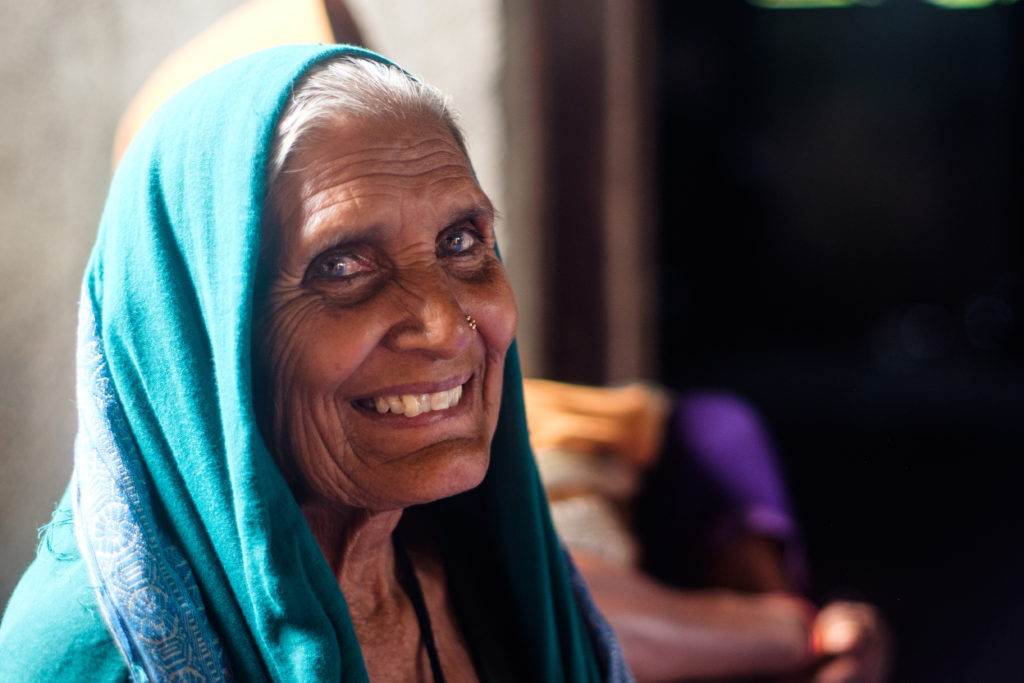By Collin McClain, 12/26/2019.
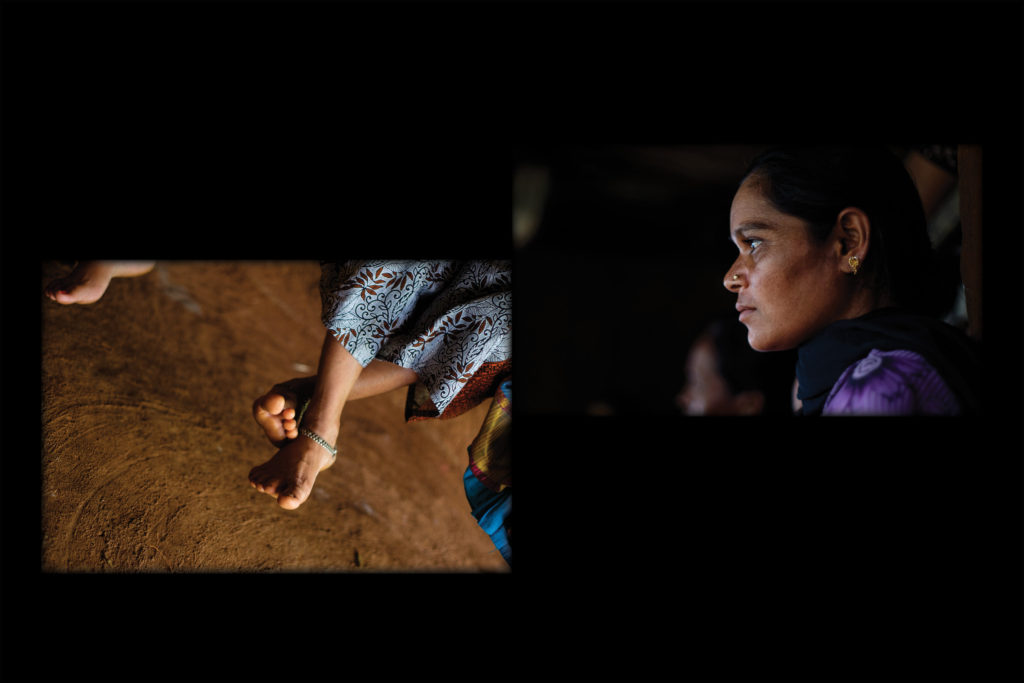
I’d like to return now to the story of Tapi and the Megha Cooperative just as I did in actuality during my time in Gujarat.
This time I had the pleasure of documenting the rice transplanting just at it’s tail end. The Adivasi (indigenous or locally translated as tribal) women were generous enough to invite me into the fields with them and so I spent three days with my pant legs rolled up knee-deep in mud. The back breaking work is humbling, especially when making sad attempts at helping along side women in their sixties moving at a lightning pace. But I do not want to bore you with the troupes of my tail. Rather, I want to insist on the persevering spirit of these women.
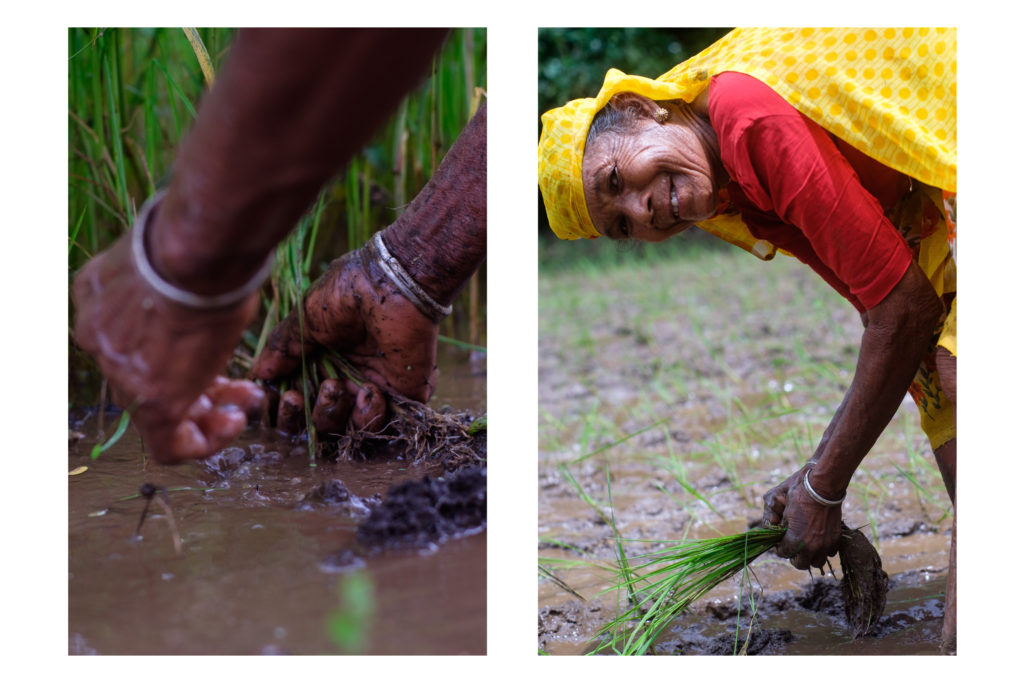
Perseverance and place. While traveling around Tapi I began to notice the electrical infrastructure. Small concrete poles with uninsulated wires feeding into homes, and crossing the land giant towers stretching cable that led from power plant to city. Standing in the rice paddies under these great structures you could hear the crackle of electricity overhead. I did not have time to pursue it beyond what you see here, but I mention this infrastructure as a reminder of the juxtaposition between place and power, and as an invitation to future students who might be considering this grant.
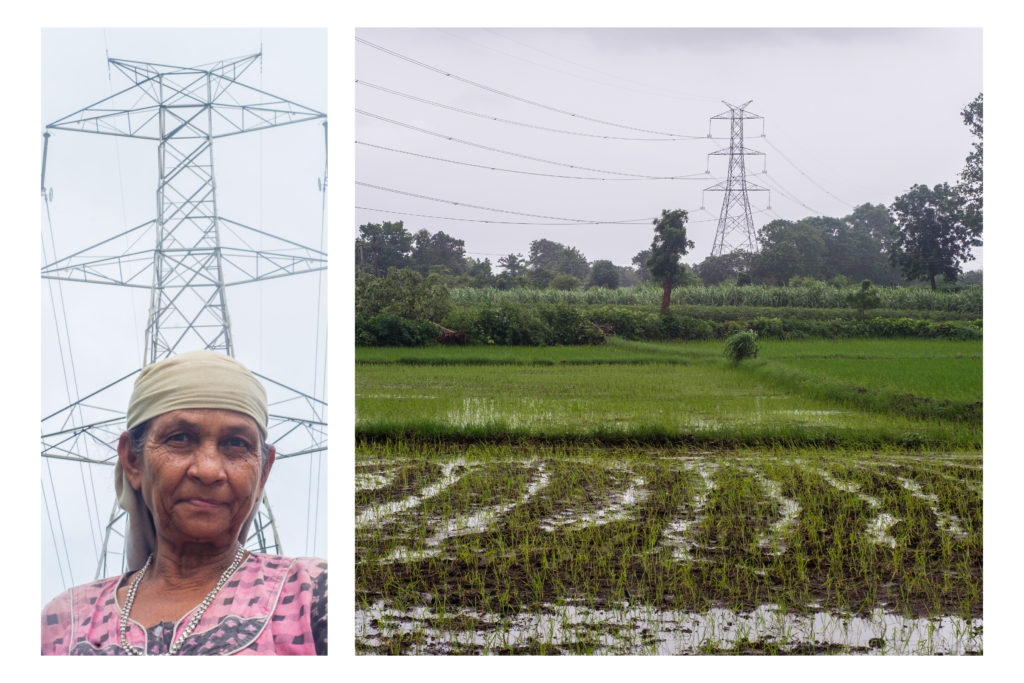
Megha Adivasi Mahila Agriculture Producers’ Cooperative is a fantastic example of the SEWA Federation’s practice of sankalit. It was these Adivasi women that came to the Federation saying that they needed help to develop their own cooperative. Since then the Federation has partnered with the local women to develop a strong coop that works not only to collectivize the women but to support them in claiming government aid for farmers, to support their animal husbandry, and to support their health and wellness.
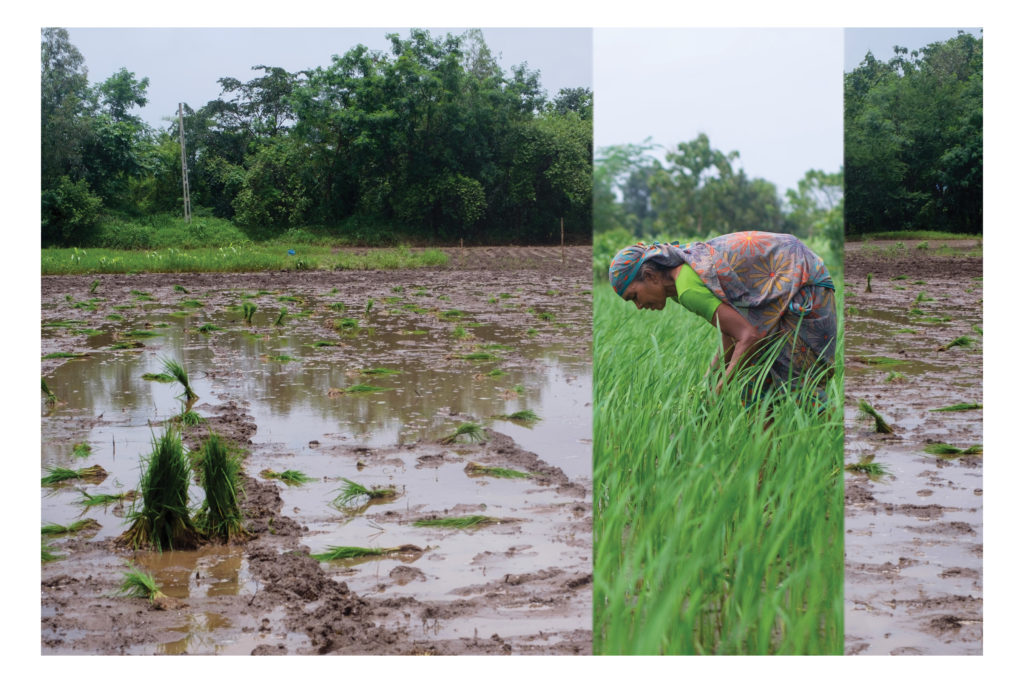
Above: A before and after of the rice transplant – two different fields.
Below: A step by step instruction manual on the transplanting of rice

From field, to home, to community, the women of Megha become leaders of their communities.
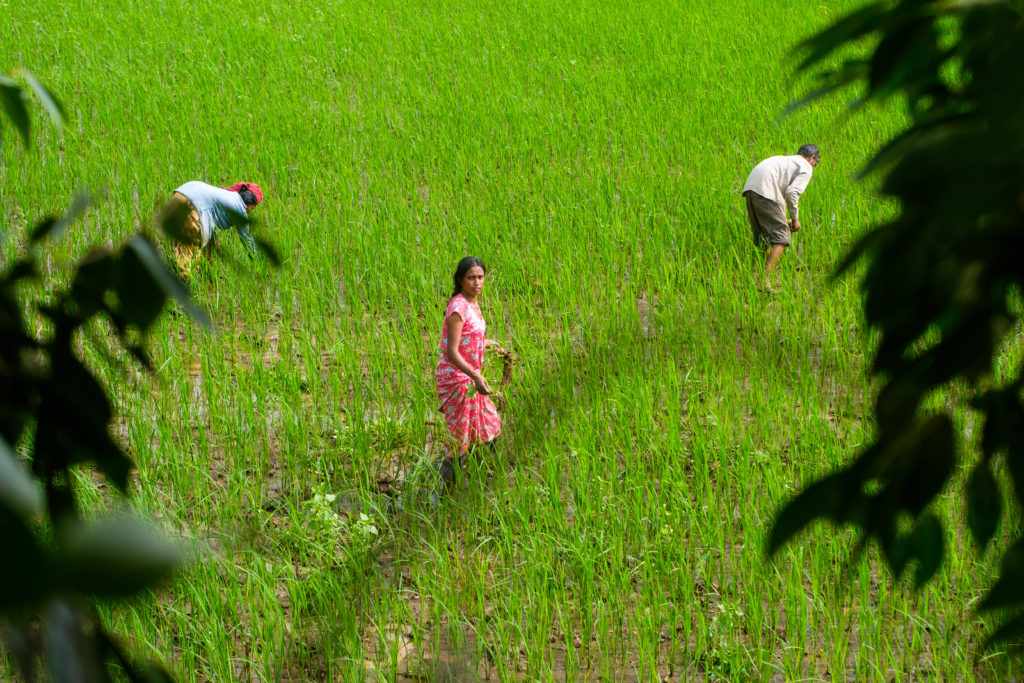
In the end, it’s not place nor people, but where they come together. Where people come together. And what I take away from the generosity and kindness of the women of Megha is that in coming together there is strength.
